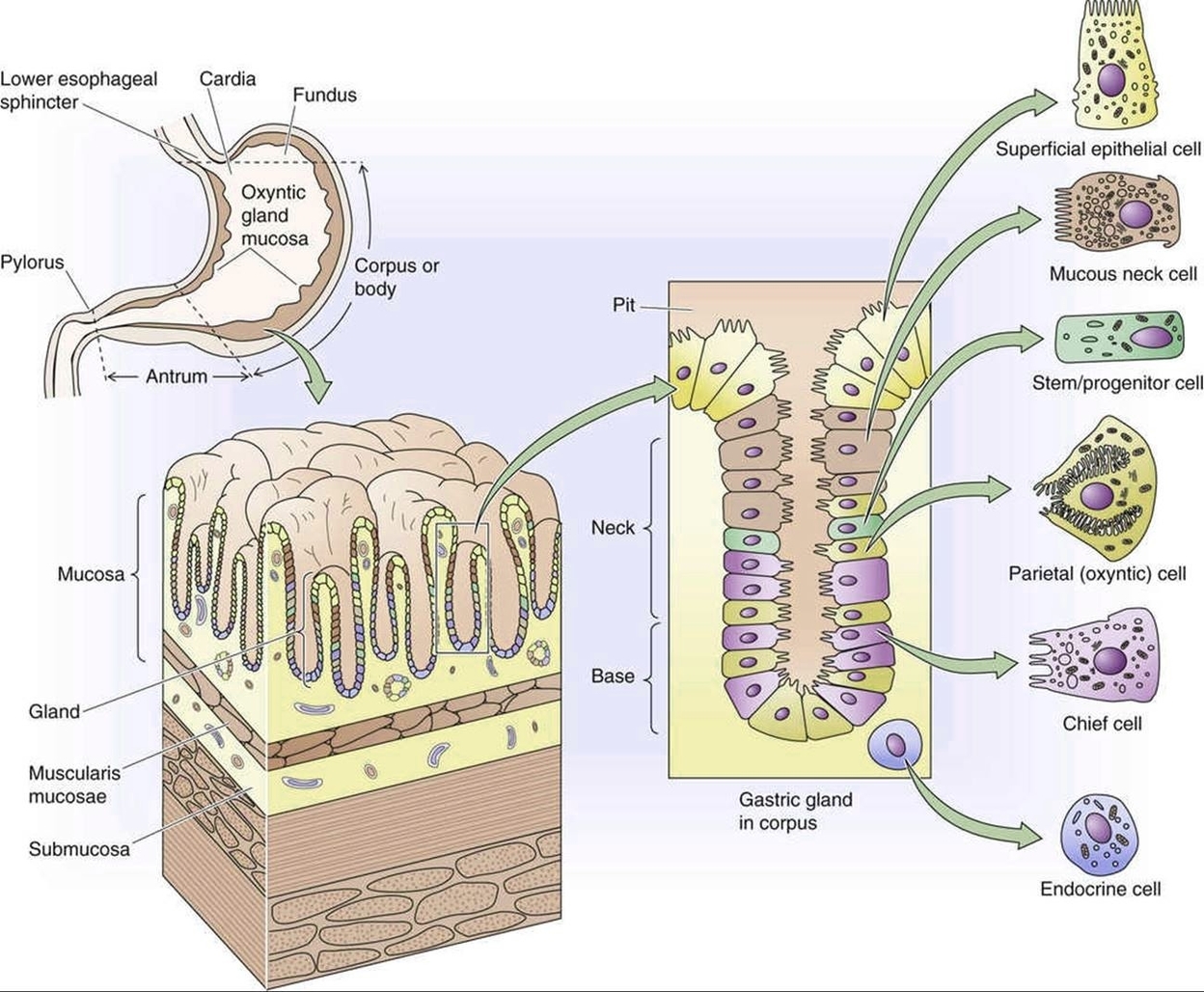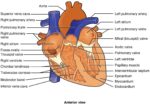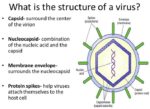Functional Anatomy of the Stomach
The stomach is a J-shaped organ that plays a crucial role in the digestive system. It is located in the upper abdomen on the left side of the body, below the liver and next to the spleen.
Parts of the Stomach
The stomach is divided into five distinct sections:
1. Cardia: The top part of the stomach, containing the cardiac sphincter, which prevents food from traveling back up the esophagus.
2. Fundus: A rounded section next to the cardia.
3. Body: The main part of the stomach where digestion occurs.
4. Antrum: The lower part of the stomach where food mixes with gastric juices.
5. Pylorus: The section of the stomach that connects to the duodenum.
Function of the Stomach
The primary function of the stomach is to digest food and send it to the small intestine. It performs three main functions:
1. Storage: Temporarily stores food.
2. Mechanical Digestion: Contracts and relaxes to mix and break down food.
3. Chemical Digestion: Produces enzymes and other specialized cells to digest food.
tomach’s Role in the Digestive System
The stomach works in conjunction with the rest of the gastrointestinal (GI) tract to break down food and liquid and carry it through the body. During the digestive process, the body absorbs nutrients and water, and then expels the waste products of digestion through the large intestine.
Microscopic Anatomy
The stomach wall is composed of four layers:
1. Mucosa: The innermost layer, responsible for producing stomach acid and enzymes.
2. Submucosa: Contains blood vessels, lymphatic vessels, and nerves.
3. Muscularis Externa: Responsible for the churning and mixing actions of the stomach.
4. Serosa: The outermost layer, which helps protect the stomach.
Blood Supply and Innervation
The stomach receives its blood supply mainly from the celiac trunk. Innervation is provided via the vagus nerves and the celiac plexus.
Conclusion
The stomach’s complex structure and function make it a vital organ in the digestive system. Its ability to store, mechanically and chemically digest food, and then move it along the GI tract is essential for the body’s overall function and well-being..



